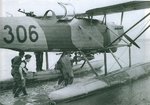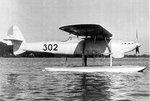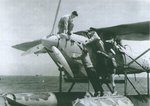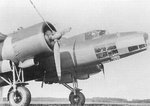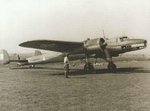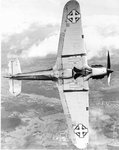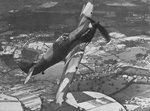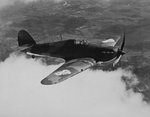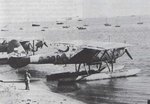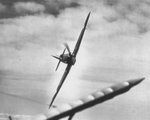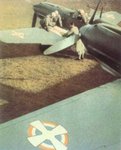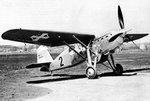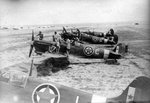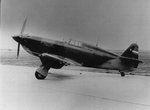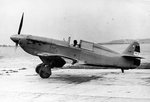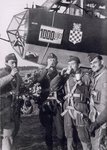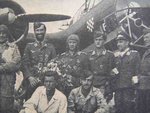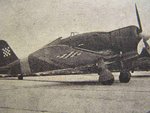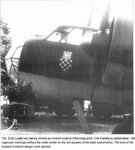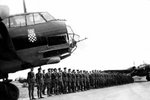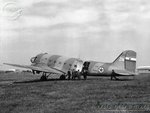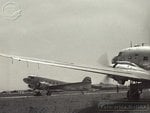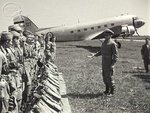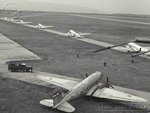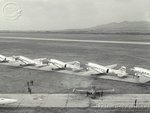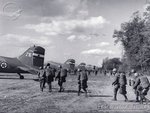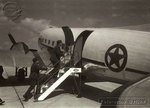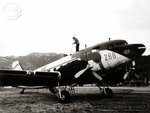A small Serbian Military Aviation unit was first formed in December 1912, with French-trained Army officers. The unit saw active service in the Second Balkan War, flying reconnaissance operations. On 29 July 1914, Serbia joined the First World War against Austro-Hungary. Serbian aviators soon undertook artillery spotting missions over the front line. Although supported by French aircraft and pilots, in late 1915 a new offensive by Austrian and Bulgarian forces quickly overwhelmed the country. A new Serbian Military Air Service was formed in Greece, with French training and equipment. In early 1918 the first French-Serb units were transferred to Serbian control. These units operated successfully until the liberation of Serbia in late Autumn 1918.
With the establishment of the Kingdom of Serbs, Croats and Slovenes (Kingdom of SHS), an Army Aviation Department was formed with Serbian and ex-Austro-Hungarian (Croatian and Slovenian) personnel. In 1923 a major initiative was launched to replace the WW1 era aircraft still in service with more modern designs. Contracts were placed abroad and with newly established local factories. Later in 1923 the Aviation Department was renamed Aviation Command and placed directly under the control of the Ministartstvo vojske i mornarice (Ministry of War and Marine). In 1930, the Aviation Command was renamed the Jugoslovensko Ratno Vazduhoplovsto (JKRV). The air arm was also known as the Vazduhoplovsto vojske kraljevine Jugoslavije (Air Force of the Army of the Kingdom of Yugoslavia) - VVKJ.
During 1940 Britain supplied significant military aid to the JKRV, to strengthen its forces against the increasing German threat. In early March 1941 Luftwaffe forces started arriving in neighbouring Bulgaria. On 12 March 1941 JKRV units began to deploy to their wartime airfields. The overthrow of the pro-German government in Belgrade on 27 March brought an end to hopes of a settlement with Germany. On 6 April 1941 Luftwaffe units in Bulgaria and Romania attacked Yugoslavia. Equipped with a combination of obsolete equipment and new aircraft still being introduced into service, the JKRV was forced to defend the country's long borders against multiple attacks from many directions. The dubious loyalty of some military personnel did not help matters. Yugoslav fighter aircraft and anti-aircraft artillery brought down about 100 enemy aircraft, but defending forces were unable to make any significant impact on the enemy advance. On 17th April 1941 the Yugoslav government surrendered. Several JKRV aircraft escaped to Egypt via Greece, and the crews then served with the RAF.
With the establishment of the Kingdom of Serbs, Croats and Slovenes (Kingdom of SHS), an Army Aviation Department was formed with Serbian and ex-Austro-Hungarian (Croatian and Slovenian) personnel. In 1923 a major initiative was launched to replace the WW1 era aircraft still in service with more modern designs. Contracts were placed abroad and with newly established local factories. Later in 1923 the Aviation Department was renamed Aviation Command and placed directly under the control of the Ministartstvo vojske i mornarice (Ministry of War and Marine). In 1930, the Aviation Command was renamed the Jugoslovensko Ratno Vazduhoplovsto (JKRV). The air arm was also known as the Vazduhoplovsto vojske kraljevine Jugoslavije (Air Force of the Army of the Kingdom of Yugoslavia) - VVKJ.
During 1940 Britain supplied significant military aid to the JKRV, to strengthen its forces against the increasing German threat. In early March 1941 Luftwaffe forces started arriving in neighbouring Bulgaria. On 12 March 1941 JKRV units began to deploy to their wartime airfields. The overthrow of the pro-German government in Belgrade on 27 March brought an end to hopes of a settlement with Germany. On 6 April 1941 Luftwaffe units in Bulgaria and Romania attacked Yugoslavia. Equipped with a combination of obsolete equipment and new aircraft still being introduced into service, the JKRV was forced to defend the country's long borders against multiple attacks from many directions. The dubious loyalty of some military personnel did not help matters. Yugoslav fighter aircraft and anti-aircraft artillery brought down about 100 enemy aircraft, but defending forces were unable to make any significant impact on the enemy advance. On 17th April 1941 the Yugoslav government surrendered. Several JKRV aircraft escaped to Egypt via Greece, and the crews then served with the RAF.

